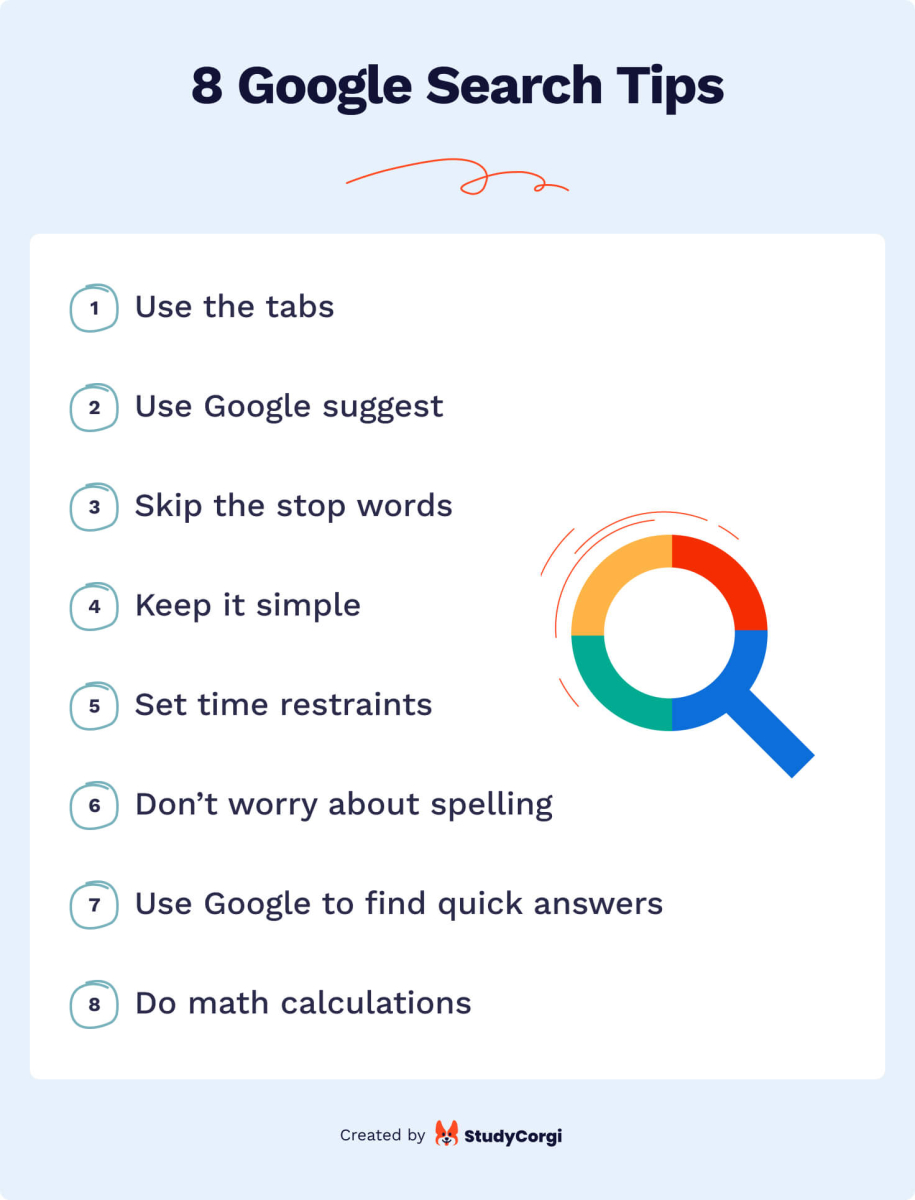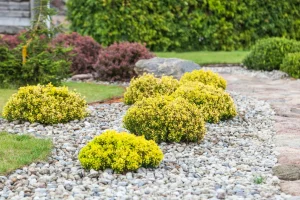
Have you ever come across a captivating image on the internet and wished to know more about it? Or perhaps you stumbled upon an unfamiliar object or landmark in a photo, and your curiosity got the best of you? Fortunately, with the power of technology, searching for information about an image is now easier than ever. Google’s reverse image search allows users to discover details about an image simply by uploading it or providing its URL. Whether you are seeking details about a specific photo or looking for visually similar images, this article will guide you through the process of using Google’s reverse image search effectively. By learning this technique, you can unlock a wealth of information and enhance your online browsing experience.
Why use image search on Google?

Google’s image search feature provides a convenient and efficient way to find visually similar or related images. By using this feature, users can easily explore different versions of an image, identify its source, or discover more information about a specific subject. This is particularly helpful for artists, designers, and photographers who often need inspiration or reference material for their work.
Furthermore, image search on Google allows users to perform reverse image searches. This means that instead of entering text-based queries, users can upload an image file or provide the URL of an image to find similar images on the web. Reverse image search is extremely useful when trying to track down the original source of an image, verifying the authenticity of visual content, or finding higher-resolution versions of an existing picture. In addition to these benefits, Google’s image search also offers advanced filtering options such as size specifications (small, medium, large), color filters (black and white, transparent background), and even usage rights (free to use or share). These tools enable users to narrow down their search results based on specific criteria and ensure they find exactly what they’re looking for in terms of size requirements or copyright permissions.
Benefits of searching with images
One of the key benefits of searching with images is that it allows users to find visually similar or related content. By uploading an image to a search engine like Google, users can discover other websites, articles, or products that are visually similar to the image they uploaded. This can be particularly useful when looking for specific items to purchase online or when trying to find information about a particular landmark or object. Another advantage of searching with images is the ability to conduct reverse image searches. This means that instead of using keywords to search for an image, users can use an existing image as their search query. Reverse image searches are beneficial in several scenarios, such as identifying the source of an unfamiliar photo found on the internet or finding higher-resolution versions of an image. Additionally, this feature enables users to detect instances of plagiarism by finding where else their own images have been used without permission.
Whether you’re seeking similar products or investigating the origins and usage of certain images online, leveraging tools like reverse image searches greatly expands your searching capabilities beyond traditional text-based queries.
How to search with an image

One of the most convenient features offered by Google is the ability to search with an image. This allows users to find information about objects, locations, or even people just by uploading a picture. To perform an image search on Google, start by visiting the Images tab and clicking on the camera icon in the search bar. From there, you can either upload an image from your computer or enter the URL of an online image.
When searching with an image, Google employs a reverse image search technique. This means that instead of using text-based keywords, it analyzes the visual characteristics of the uploaded picture to generate results. It scans billions of images across the web and provides visually similar pictures as well as relevant websites where the same or similar images appear. This feature can be particularly useful when trying to identify unfamiliar objects or landmarks or when looking for more information about a specific product. This feature is especially valuable for photographers and content creators who want to protect their work from unauthorized usage and infringement. With just a few clicks, you can easily track down instances where your images have been shared or published online without proper credit.
Step-by-step guide for using Google’s image search
1. Upload an Image:
To start using Google’s image search, go to the search engine and click on the “Images” tab at the top of the page. You will see a camera icon in the search bar. Click on it, and you will be given two options: either upload an image from your device or paste the URL of an image that is already available online.
2. Search by Pasting Image URL:
If you choose to paste a URL, simply copy the image address from any website and paste it into the search bar. Google will then display similar images or websites where that specific image appears.
3. Search by Uploading an Image:
If you want to find images similar to one saved on your device, select “Upload an Image.” This option allows you to browse through your files and select which image you’d like to use for searching. Once uploaded, Google will provide results based on visual similarity, including related images and websites where those images appear.
4. Search by Dragging and Dropping:
Another method for using Google’s image search is by dragging and dropping an image directly into the search bar. Simply open a separate window or folder containing your desired picture, click on it with your mouse cursor, hold down the button, drag it across to Google’s homepage tab (where you’ve opened up image search), release the button while still hovering over this tab – when done correctly this action should automatically initiate a new query displaying results associated with that specific visual content.
Tips and tricks for better image searches

When it comes to image searches on Google, there are a few tips and tricks that can help you find exactly what you’re looking for. First and foremost, using specific keywords is key. Instead of searching for generic terms like “cat,” try adding more descriptive words such as “black cat with blue eyes.” This will narrow down the search results and provide more relevant images.
Another helpful tip is to use Google’s advanced image search options. By clicking on “Tools” under the search bar, you can filter your results by size, color, type, and even usage rights. For example, if you’re looking for high-resolution images suitable for commercial use, selecting the appropriate options will refine your search accordingly. Lastly, taking advantage of Google Lens can greatly enhance your image searching experience. This feature allows you to upload an image or take a photo with your phone’s camera and instantly get related information and visually similar images. It’s handy when trying to identify objects or landmarks in photos or discover similar styles in fashion or home decor.
By implementing these tips and tricks into your image searches on Google, you’ll be able to find the perfect images for whatever purpose you need them for with greater efficiency and accuracy.
Other tools and websites for reverse image search
In addition to Google’s reverse image search feature, there are several other useful tools and websites available for conducting reverse image searches. One popular option is TinEye, which is known for its extensive index of images and user-friendly interface. TinEye allows users to upload an image or provide a URL to search for similar images across the web. Another noteworthy tool is Yandex.Images, which is particularly useful when searching for images in non-English languages. Yandex.Images provides accurate results by leveraging its vast database of indexed images and advanced algorithms. This tool can be especially handy when trying to find information or sources related to foreign language images.
Additionally, Image Raider is a powerful reverse image search engine that can crawl through multiple online platforms including social media networks, stock photo websites, and even adult content sites. It can help individuals track where their images have been used without proper attribution or permission. These additional tools and websites offer valuable alternatives to Google’s reverse image search functionality, allowing users to expand their options and enhance their ability to find relevant information from an uploaded or searched image.
Conclusion: Exploring the possibilities of visual search
In conclusion, using the reverse image search feature on Google can be a powerful tool for finding information, identifying objects or locations, and verifying the authenticity of images. By simply uploading or pasting the URL of an image into the search bar, users can quickly access a wealth of related content and discover the original source of an image. Whether you are conducting research, fact-checking, or simply satisfying your curiosity, this feature can save you time and effort while providing accurate results. So next time you come across an interesting or suspicious image online, don’t hesitate to utilize Google’s reverse image search function to uncover its origins and gain a deeper understanding. Start exploring today and unlock a whole new way to navigate the digital world!
ALSO READ : Unveiling The Hidden Secrets Of On-Page Optimization For SEO Success





